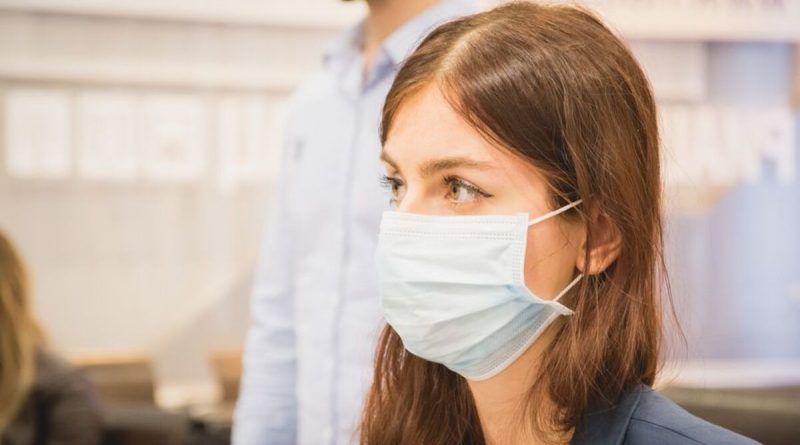Patients with COVID-19 only need 5 days of isolation after symptoms disappear
Patients with COVID-19 only need 5 days of isolation after symptoms disappear
People who test positive for COVID-19 only need isolation for 5 days until symptoms disappear, the U.S. Centers for Disease Control and Prevention (CDC) has officially announced. The reduction in isolation time from 10 days to 5 is based on clinical observations that people with COVID-19 appear to remain contagious to others for days before and after symptoms begin to appear. Also, after coming out of isolation, patients must wear a mask in the presence of others for an additional 5 days.
The CDC also stated that people who have not received the COVID-19 booster vaccine, but who received a second dose of the mRNA vaccine 6 months ago or the Johnson & Johnson vaccine 2 months ago, must sit out quarantine for five days if they have had contact with a COVID-19 infected person. This is the new rule instead of the previous guidelines, which said that fully vaccinated people did not need to be quarantined even if they had contact with sick people.
This change in the isolation rules comes just days after the CDC announced that health care workers needed a 7-day isolation period if they tested positive for the virus if they had no symptoms, and with a negative test on the seventh day. The U.K. has also shortened the recommended isolation period to 7 days if they test negative on days six and seven. The current updated CDC recommendations for the general public in the U.S., however, do not include a requirement to test at the end of the 5-day isolation period.
The last Omicron strain detected has already caused an unprecedented spike in cases of infection. As a result, the CDC has faced pressure from various authorities to shorten the isolation period due to a shortage of personnel who miss 10 days of work because of each positive test. Public health experts comment that in general, this isolation period is not dangerous and is justified by the virus research. However, people must truly recover if they are going to return to daily activities. This raises the concern that employers will start using the shortened period as an excuse to call people back to work soon who have not yet fully recovered from the disease.
